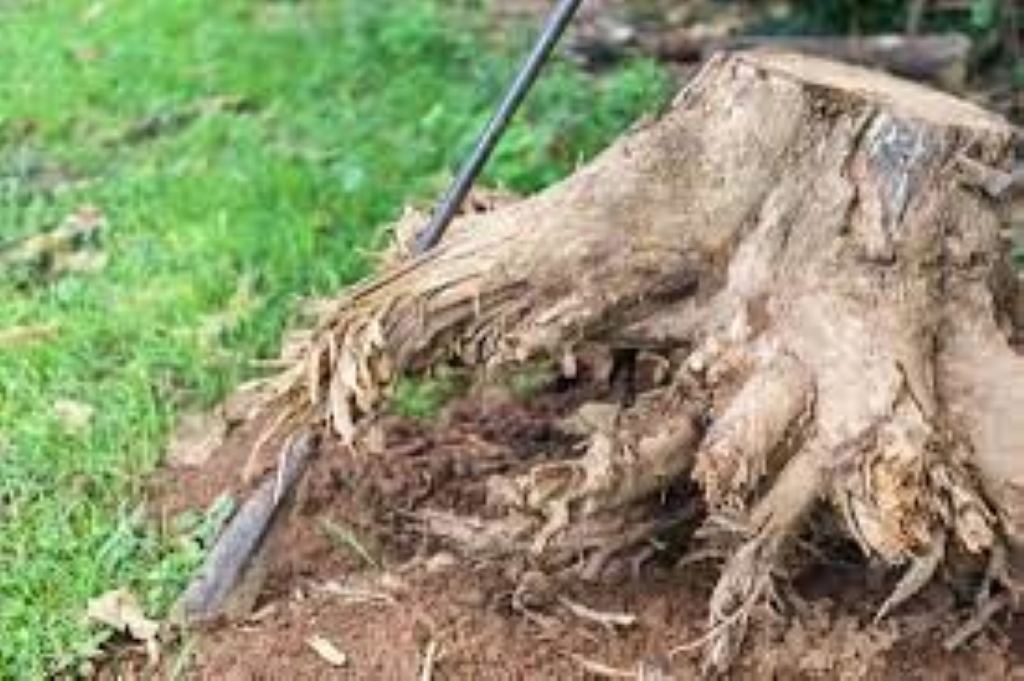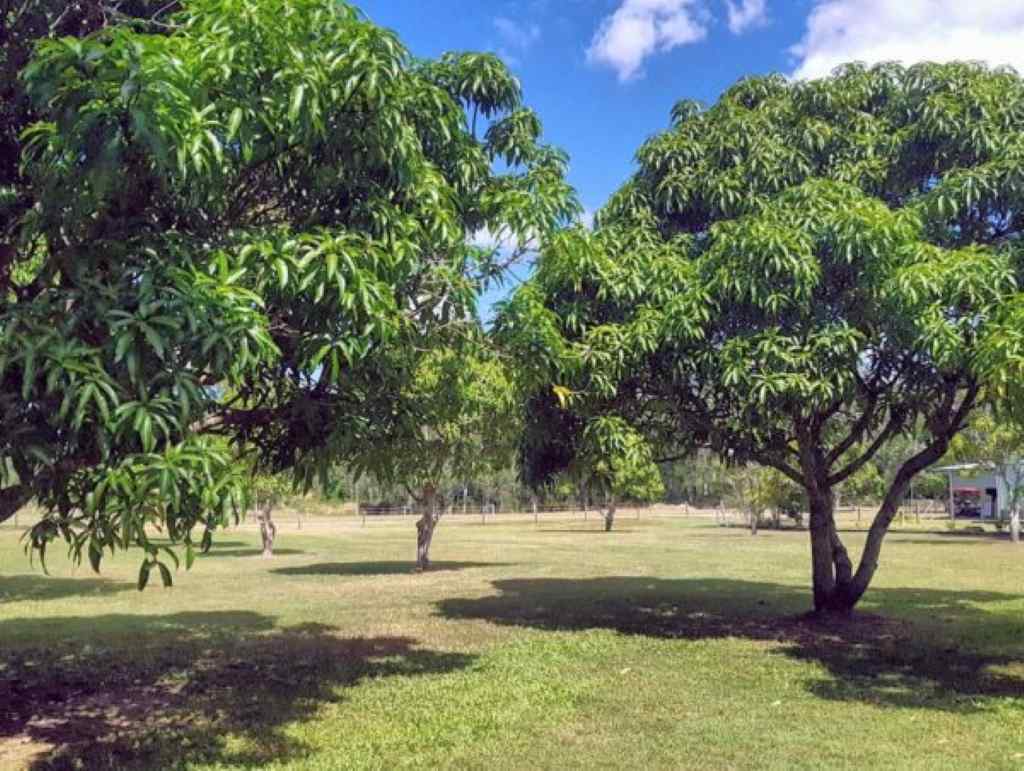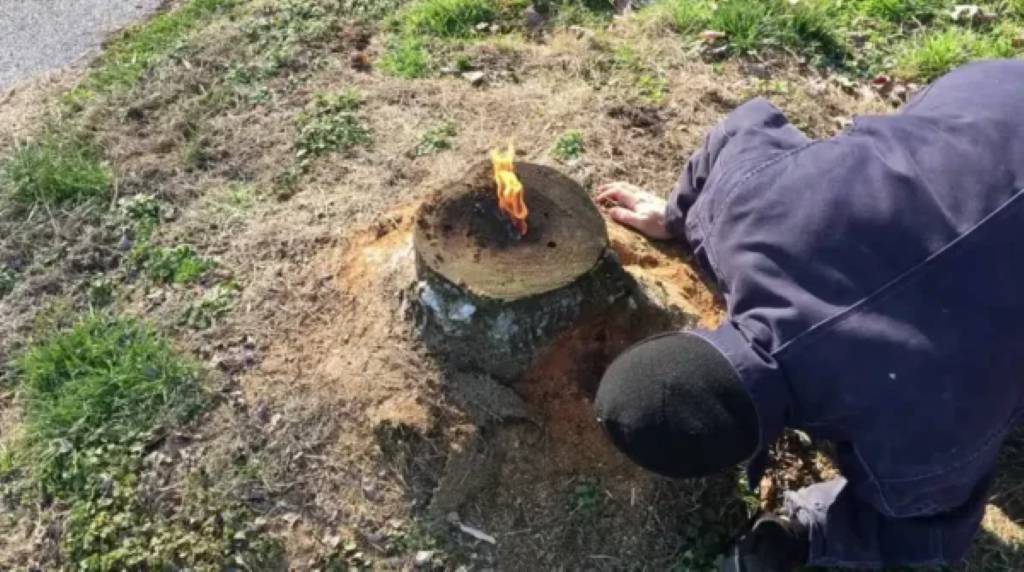Banana trees, also known as banana plants or banana palms, are huge herbaceous plants belonging to the genus Musa. They are well-known for their big tropical leaves and the production of banana fruit. Banana plants are technically big herbs, not trees, because they lack a woody trunk. They form underground rhizomes and feature a pseudostem that resembles a tree trunk. Massive, paddle-shaped leaves on banana plants that can reach lengths of several feet are what set them apart. These leaves are grouped spirally around the stem and provide shade. Bananas are native to Southeast Asia’s tropical regions but are currently farmed in many tropical and subtropical places around the world. They flourish in warm, humid areas. Learn How To Remove Banana Trees?
Why do we need to remove banana trees?
A banana tree needs to be removed for a variety of reasons, including
- To stop spreading to other trees, it might be necessary to remove a banana tree if it has diseases or pests that are untreatable.
- Banana plants can grow densely and may need to be thinned down to allow for greater air circulation and sunlight penetration, which can benefit overall plant health.
- In some circumstances, homeowners or gardeners may wish to change the arrangement of their garden or landscape. A banana tree may need to be removed to make way for other plants or features.
- Banana plants have a limited lifespan, and once they have fruited and begun to decline, they may no longer produce excellent fruit. In these circumstances, it may be more feasible to remove them and replace them with younger plants.
- If a banana tree becomes structurally unsound due to disease, age, or other circumstances, it might constitute a safety danger. The removal of the tree may be required to avoid accidents or damage.
- In some areas, certain banana species can become invasive and spread fast, outcompeting local plants. Removing invasive banana plants is critical for the preservation of local ecosystems.
- Some gardeners remove banana trees as part of their gardening or farming practices, such as crop rotation or soil management
- After a banana plant has produced a lot of fruit, it usually dies back. Gardeners may remove the old plant to facilitate harvesting and make room for new plants.
How to kill banana tree manually
Tools and materials:
Chainsaw or pruning saw
a shovel or digging equipment
work gloves
Protective eyewear
To avoid injuries, wear suitable protective gear, such as work gloves and protective eyewear, before beginning.
Remove the Banana tree.
Using a chainsaw or pruning saw, remove the banana tree as close to the ground as feasible. Ensure that the cut is clean and straight. This will cut the main stem of the plant.
Dig Up the Root System:
The banana plant has a huge subterranean root system, frequently with massive rhizomes. Dig up the root system carefully using a shovel or digging equipment. You may need to dig several feet away from the tree’s base to adequately expose the roots.
Remove the rhizomes.
After you’ve exposed the roots and rhizomes, remove them from the soil. Because banana plants can grow new shoots from their rhizomes, it’s critical to remove as much of the root system as possible. Dispose of the rhizomes in a way that prevents them from rerooting elsewhere.
Prevent regrowth:
Banana plants can re-grow even after being chopped down and the root system removed. Keep an eye out for new branches or leaves, which indicate renewal. If you see any, remove them as soon as possible to avoid further growth.
Dispose of Plant Material:
Properly dispose of any cuttings, roots, and rhizomes to prevent them from growing elsewhere and potentially transmitting diseases or pests.
Repeat as Necessary:
Depending on the size and age of the banana plant, you may need to repeat these processes if new growth continues to appear.
Keep in mind that banana plants can be persistent, and their root systems can be difficult to totally uproot. Regular monitoring and follow-up efforts are frequently required to guarantee that the plant is completely destroyed. Additionally, be aware of municipal legislation and guidelines for the disposal of plant material, as well as potential prohibitions on removing particular types of flora.
How to kill banana tree by herbicides
Which Herbicides to Use:
Glyphosate is the most common herbicide used for killing banana trees and other woody plants. Glyphosate-based herbicides are widely accessible at garden centers and are effective at killing a wide variety of plants. Glyphosate-containing products include Roundup and Ortho Ground Clear. If you need houston tree service you can contact us.
Herbicides should be used with caution and in compliance with local rules. Glyphosate can have environmental consequences; therefore, it’s critical to use it sparingly and wisely. In addition, if the banana tree is near other valuable species, take precautions to avoid herbicide overspray on those plants.
Steps to Use Herbicides to Kill a Banana Tree:
- Before using any herbicide, thoroughly read and follow the product label’s manufacturer’s instructions. Wear necessary safety equipment, such as gloves, eye protection, long sleeves, and pants.
- During the active growing season, when the banana tree has leaves and is actively translocating nutrients, herbicides are most effective. Early to mid-summer is frequently ideal.
- This procedure entails cutting the banana tree down to a stump and applying herbicide to the exposed stump surface immediately. The following are the steps:
- Make a clean horizontal cut as close to the ground as you can using a chainsaw or pruning saw.
- Apply a powerful herbicide immediately to the stump’s cut surface within seconds of cutting. The active component, glyphosate, should be present in the herbicide.
- Apply a sufficient amount of herbicide to completely wet the stump, ensuring that the chemical is absorbed. It is critical to employ the proper glyphosate-based pesticide concentration. Concentrations may vary, so follow the manufacturer’s instructions for the individual product you’re using.
- Following treatment, keep an eye on the stump for signs of regrowth. Reapply the pesticide if new shoots appear.
Related Posts:
FAQS
Q1: When is the ideal time to prune a banana tree?
A1: The best time to remove a banana tree is after it has fruited and begun to decline, which is usually in late autumn or early winter. This scheduling allows for easy access while minimizing the possibility of new growth.
Q2: What tools and equipment are required for removing a banana tree?
You’ll need a chainsaw or pruning saw to cut the plant, a shovel or digging equipment to remove the root system, work gloves, and protective eyewear for protection.
Q3: How can I prevent regrowth after destroying a banana tree?
To avoid regrowth, remove as much of the root system and rhizomes as is feasible. Keep an eye out for new shoots or growth and eliminate them as soon as possible.
Can I replant in the same area after removing a banana tree?
Yes, you can replant in the same area after removing a banana tree, but you must amend the soil and remove any leftover root fragments to avoid problems with new plants.
Can I use herbicides to kill a banana tree instead of physically removing it?
While herbicides may be effective in some cases, physically removing the banana tree is often a more thorough and environmentally friendly method. Herbicides should be used with caution, following local regulations.
Conclusion
Cutting down a banana tree, digging up the root system, and properly disposing of plant detritus are all part of the removal process. The optimal time for removal is after fruiting, and careful monitoring is required to prevent regrowth. Following these procedures will help you successfully remove a banana tree when necessary.




